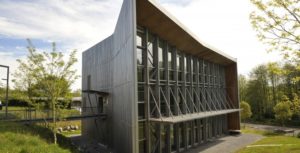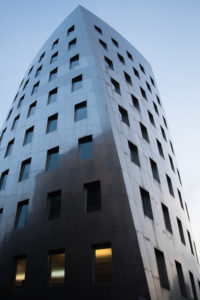The ongoing expansion of LEED certification opportunities in Europe can enable businesses to become leaders in the built environment, by obtaining duel, third-party certifications that highlight the business case for green buildings.
That is the view of the of the US Green Building Council’s (USGBC) chief executive Mahesh Ramanujam, who urged European businesses to push for both BREEAM and LEED certification on new builds and retrofits, claiming that duel certificates would signify leadership and commitment to sustainability.
“I am a proponent that companies should do all certifications,” Ramanujam told edie. “If someone does BREEAM, we should be able to extract the minimum number of inputs from that project to give them the LEED certification, so that they could get doubly recognised.
“The opportunity is there to generate a story of leadership through duel, third-party certification. The market needs to understand that there is value in certification and it is important to pursue to generate validation from the external markets.”
LEED standards for buildings were developed by the USGBC and have branched-out internationally. The council’s sister organisation the Green Business Certification Inc (GBCI) has delivered more than 37,700 LEED certifications to green buildings and community projects across the globe, including more than 5,200 European projects.
Last week (27 April), GBCI opened a new base office in Munich to drive interest in the certification. Despite the 5,200 projects certified to LEED standards on the continent, BREEAM still holds an 80% market share in Europe.
However, Europe is at a crossroads regarding green buildings. USGBC data suggests that 60% of European residents expect their buildings to be green by 2018 and Member States have a 30 April deadline to publish updated strategies for building renovations, which account for around 36% of Europe’s emissions.
Ramanujam claimed that LEED and BREEAM would be “complimentary” rather than competitive, with both focusing on market transformation and sustainability in the building stock. Where the competitive nature should come in, Ramanujam suggested, was through businesses using both certifications as a “differentiator” to separate their projects from others as a “sign of excellence”.
“When you look at Europe’s existing building stock, the opportunities are not aligned,” Ramanujam added. “We needed to bring the right set of tools. ICP drives a very clear focus on our existing building stock so that investors have a set of protocols to have a standardised business case for developing projects and measure their financial return. Full article HERE on Edie.net



